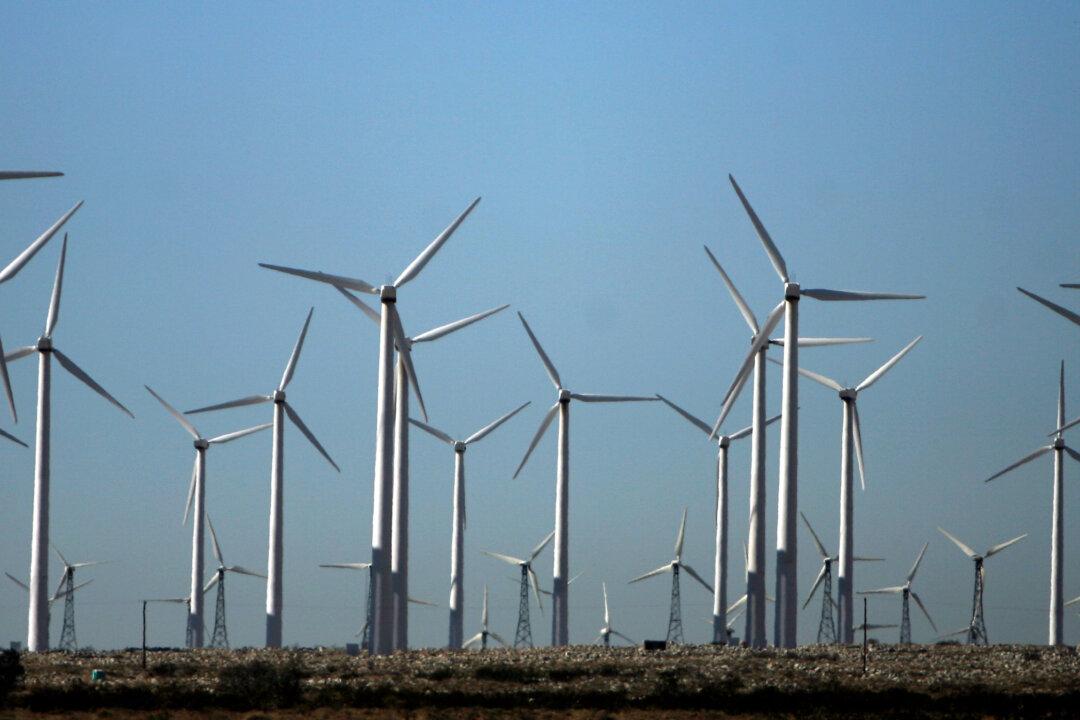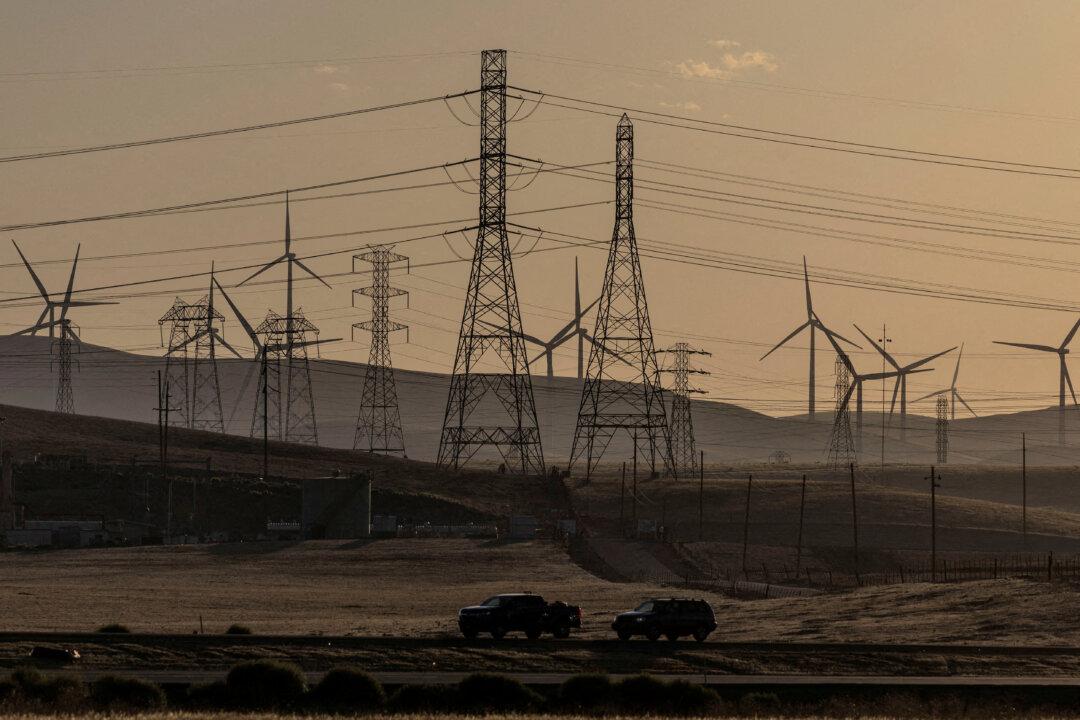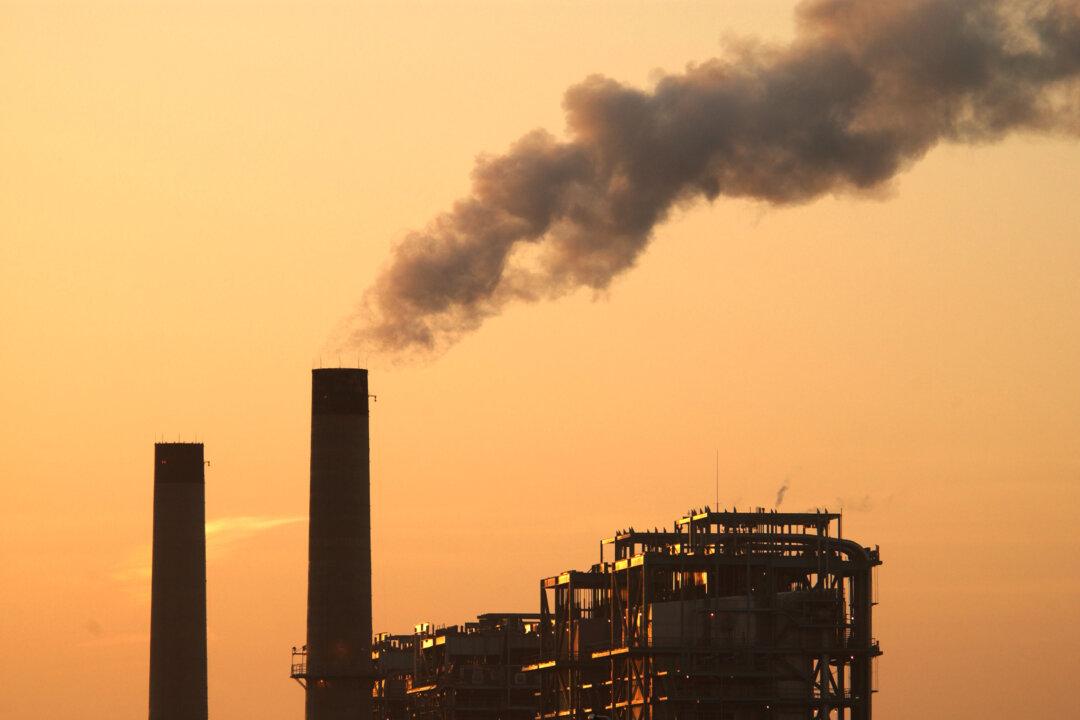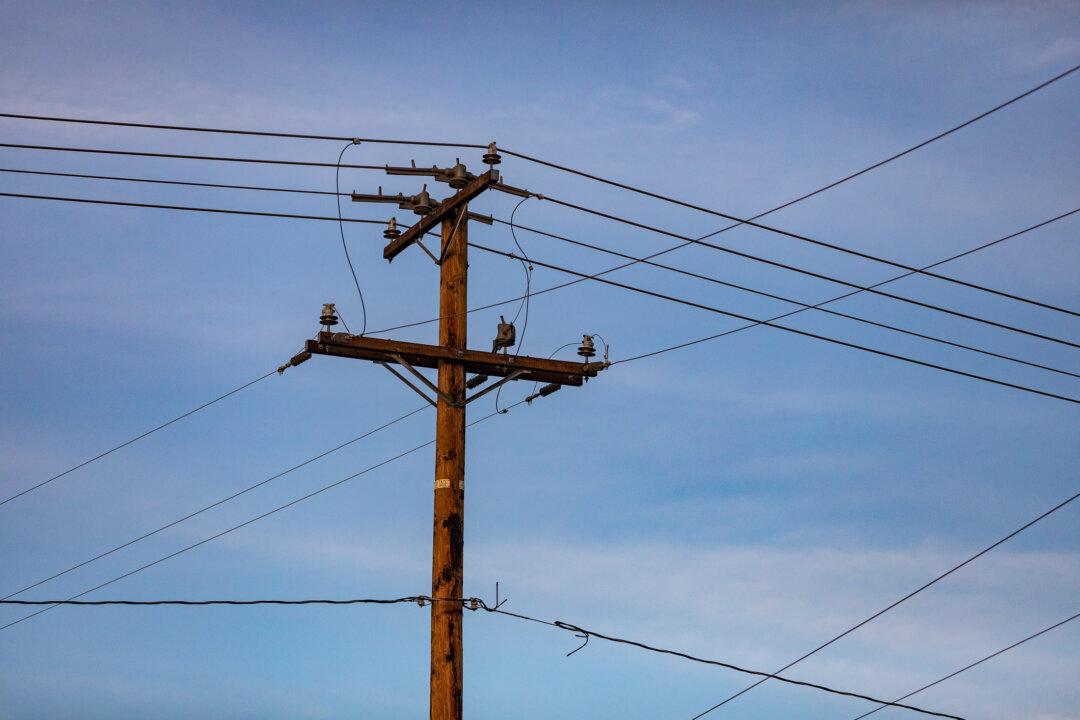Commentary
As California accelerates to a clean energy future state, officials are running into a stark reality: The transition to green energy is spawning an increasing frequency of blackouts and other electricity problems. Consumers read “Flex Power Alerts” on highway and freeway signs, but have little idea how precarious the problem has become, or why it’s spreading.





